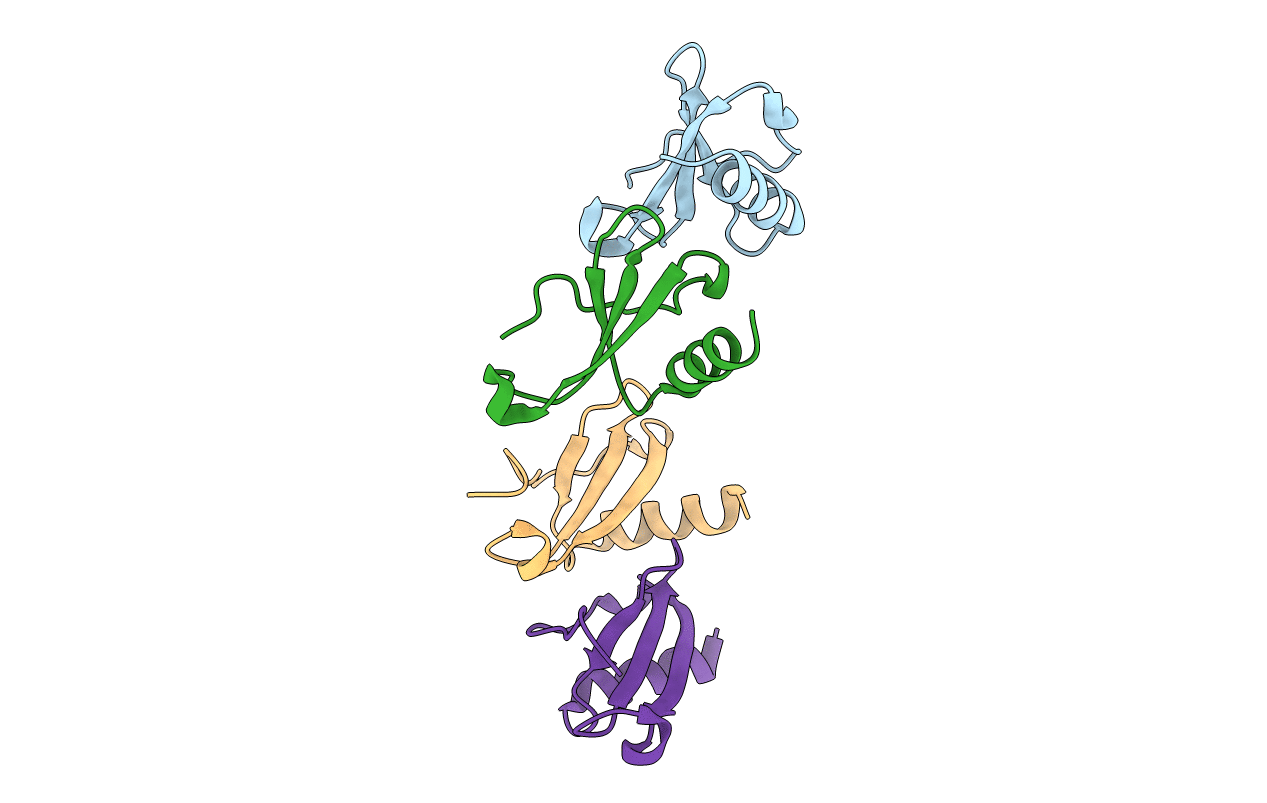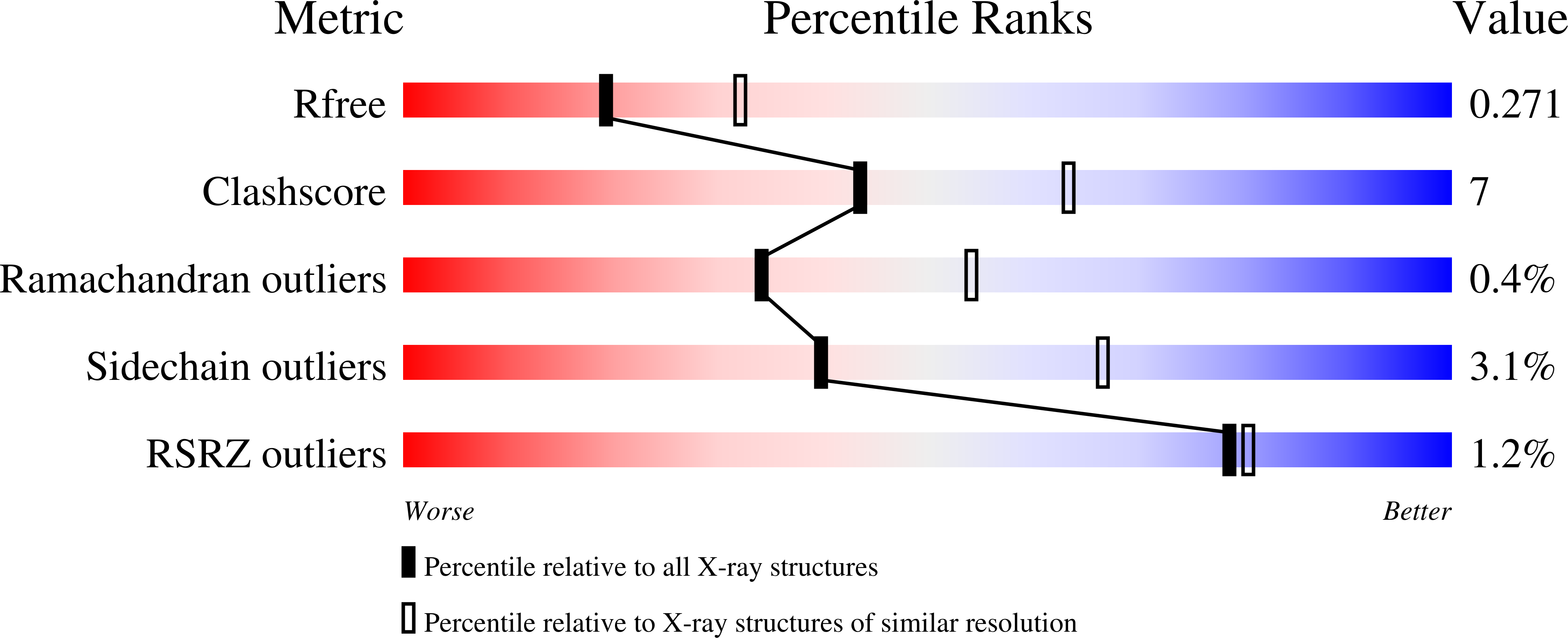
Deposition Date
2021-11-12
Release Date
2022-02-23
Last Version Date
2024-11-13
Entry Detail
PDB ID:
7STA
Keywords:
Title:
X-ray Crystal Structure of Truncated Human Chemokine CCL19 (7-70)
Biological Source:
Source Organism:
Homo sapiens (Taxon ID: 9606)
Host Organism:
Method Details:
Experimental Method:
Resolution:
2.50 Å
R-Value Free:
0.26
R-Value Work:
0.23
R-Value Observed:
0.23
Space Group:
P 1 21 1


